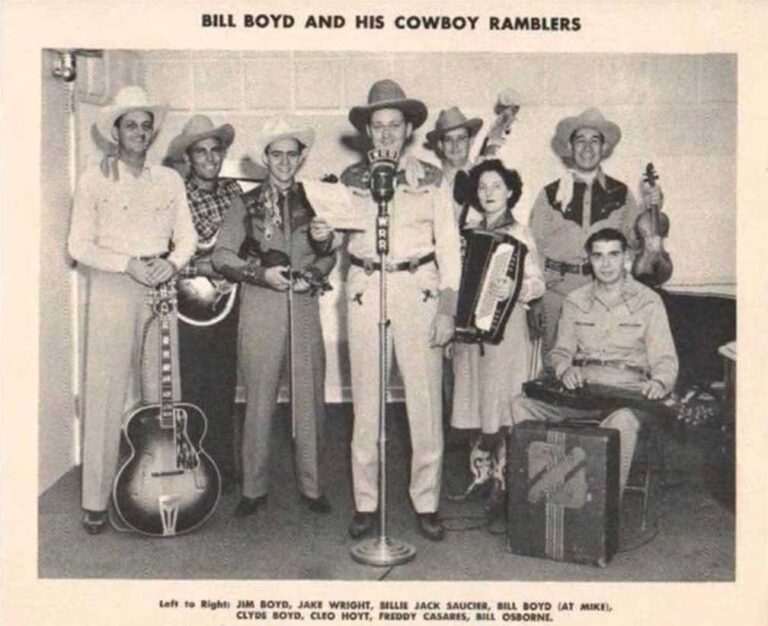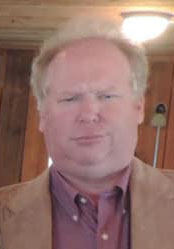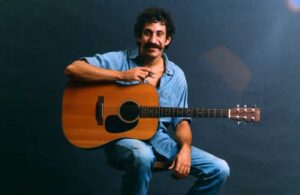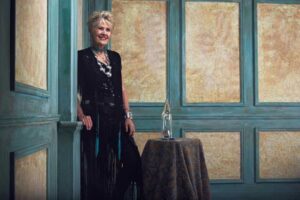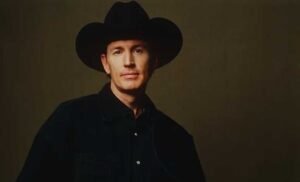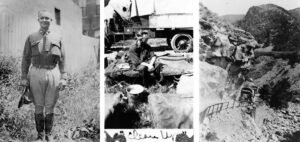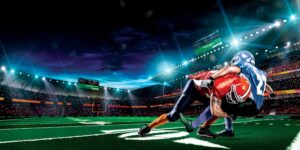A number of young fans of legendary western actors and singing cowboys grew up in Roxton, Texas, in the mid-20th century — my parents among them. On Saturday afternoons, they’d walk to Front Street to catch the latest Roy Rogers, Lash LaRue, Randolph Scott or Gene Autry release on the big screen at the Roxy or Best Theater.
Modern fans — or anyone who’s curious about the silver-screen stars their parents and grandparents idolized seven decades ago — can tune into countless streaming channels on their SMART TVs to catch a glimpse of the actors and singing cowboys who once captivated America.
Those midcentury westerns featured cowboys on the range, cowboys with a guitar and a knack for singing, and even a few gunfighters. A few of the stars earned top billing in some of the era’s most popular films … but many more were relegated to what are known as “B-Western” roles.
Regardless, for an hour or two (or maybe three or four for a double feature), Hollywood’s cowboys captured the imagination of tens of millions of youngsters across the country, setting off a flurry of production of comic books, toy guns, cowboy hats and countless other products. Of course, parents bought these items, encouraging kids to live out their fantasies of conquering the western frontier a century earlier.
In many ways, western films and their stars helped build the vision many Americans have when it comes to the state of Texas. And thanks to natives like Gene Autry (Tioga, Texas) and Tex Ritter (Murvaul, Texas), they at least saw real Texans portraying the mythical cowboy the state itself came to embrace.
Not all cowboys hailed from Texas
In reality, however, Hollywood threw a veil over the backgrounds of many of the era’s top stars.
Lash LaRue? He hailed from Gretna, Louisiana. John Wayne? Iowa. Randolph Scott? Virginia. “Rocky” Lane, alias “Red Ryder?” Indiana. Johnny Mack Brown? Alabama. Tim Holt? Beverly Hills, California. Wild Bill Elliott (aka Gordon Nance)? Missouri. And “Gabby” Hayes? New York. New York?! Gasp!
No, the stars who set imaginations afire and sent many a child off to dreamland with pearl-handled revolvers in both hands were not always who they seemed.
Enter Bill Boyd, Texas native
But it’s unlikely that youngsters living in Roxton, Texas in the 1940s realized that one of the true singing cowboys who made his way to the silver screen was born just a stone’s throw from town.
William Lemuel “Bill” Boyd — not to be confused with William Lawrence “Bill” Boyd, who portrayed Hopalong Cassidy (a native of … ahem … Ohio) — was born and raised in the King community a few miles south of Ladonia, Texas, in Fannin County. He grew up as a working cowhand on his parent’s ranch.
Bill Boyd was one of 13 children born to William Boyd Sr. and Mary Jared Boyd. The couple lost several children in infancy.
Of the surviving children, Bill, who was born Sept. 29, 1910, was the seventh family member — and the fourth native Texan. Three Boyd children were born before the family arrived in Fannin County from Tennessee in 1902.
William Boyd Sr. was a well-known and respected cattleman in the area, and no doubt he hoped to raise a family who would carry on the ranching operation.
But by the early 1920s, a handful of the Boyd boys — including Bill and his younger brothers Jim and John — developed an interest in music, particularly the burgeoning western style that would eventually become known as “country and western.”
When William Sr. died in 1926, the Boyds moved to Dallas, where Bill supported his mother and siblings by working a sales job for WRR radio.
A family affair
By 1932, Bill and Jim began making inroads into performing on the radio. Bill landed a job with the Alexandria Daybreakers trio and Jim formed his own band, the Rhythm Aces. Soon the Boyd brothers joined forces and performed together on WRR and other north Texas radio stations.
Bill’s break came in 1932 when he recorded with country music pioneer Jimmie Rodgers. Soon thereafter, Bill formed The Cowboy Ramblers, a band he fronted for nearly two decades.
Featuring the Boyd brothers, The Cowboy Ramblers had a Dallas radio show — “The Bill Boyd Ranch House.” The band’s 1935 recording for Bluebird Records, “Under the Double Eagle,” was a groundbreaking western swing tune that remained in print until 1960.
The Cowboy Ramblers recorded over 225 songs, including hits like “The Beaumont Rag,” “Fan It” and “New Steel Guitar Rag.”
As the Cowboy Ramblers radio presence grew, Hollywood entered what The Atlantic referred to as “the golden age of spurs and saddles films.” While Bill Boyd was never a major star, he appeared in six B-Westerns during the 1940s including “Rolling Down the Great Divide,” “Tumbleweed Trail” and “Raiders of the West.” He also appeared in a WWII-themed movie, “Texas Man Hunt.”
During the height of Boyd’s success, his brother John joined The Cowboy Ramblers as its steel guitarist. Unfortunately, John’s stint performing with his brothers was cut short in 1942 when he was killed in a motorcycle accident.
Bill and Jim carried on with a number of instrumentalists filling roles with The Cowboy Ramblers until 1951 when Jim formed his own band — “Men of the West.”
The Boyd brothers ended their radio show and Bill became a disc jockey with WRR. Jim soon followed in Bill’s footsteps again and could be heard on north Texas radio for a number of years.
Bill remained with WRR until suffering a stroke in 1973. In 1977, he died of complications from the stroke and heart failure at age 67. Buried in Dallas’ Restlawn Memorial Park, he is also memorialized on Hollywood’s Walk of Fame. Jim died in 1993 and is also buried in Restlawn.
Until next time, take a look into the country and western music history near your hometown. You never know what might turn up.
Since retiring from a career as an outdoor recreation professional from the State of Arkansas, Kris Rutherford has worked as a freelance writer and, with his wife, owns and publishes a small Northeast Texas newspaper, The Roxton Progress. Kris has worked as a ghostwriter and editor and has authored seven books of his own. He became interested in the trucking industry as a child in the 1970s when his family traveled the interstates twice a year between their home in Maine and their native Texas. He has been a classic country music enthusiast since the age of nine when he developed a special interest in trucking songs.







